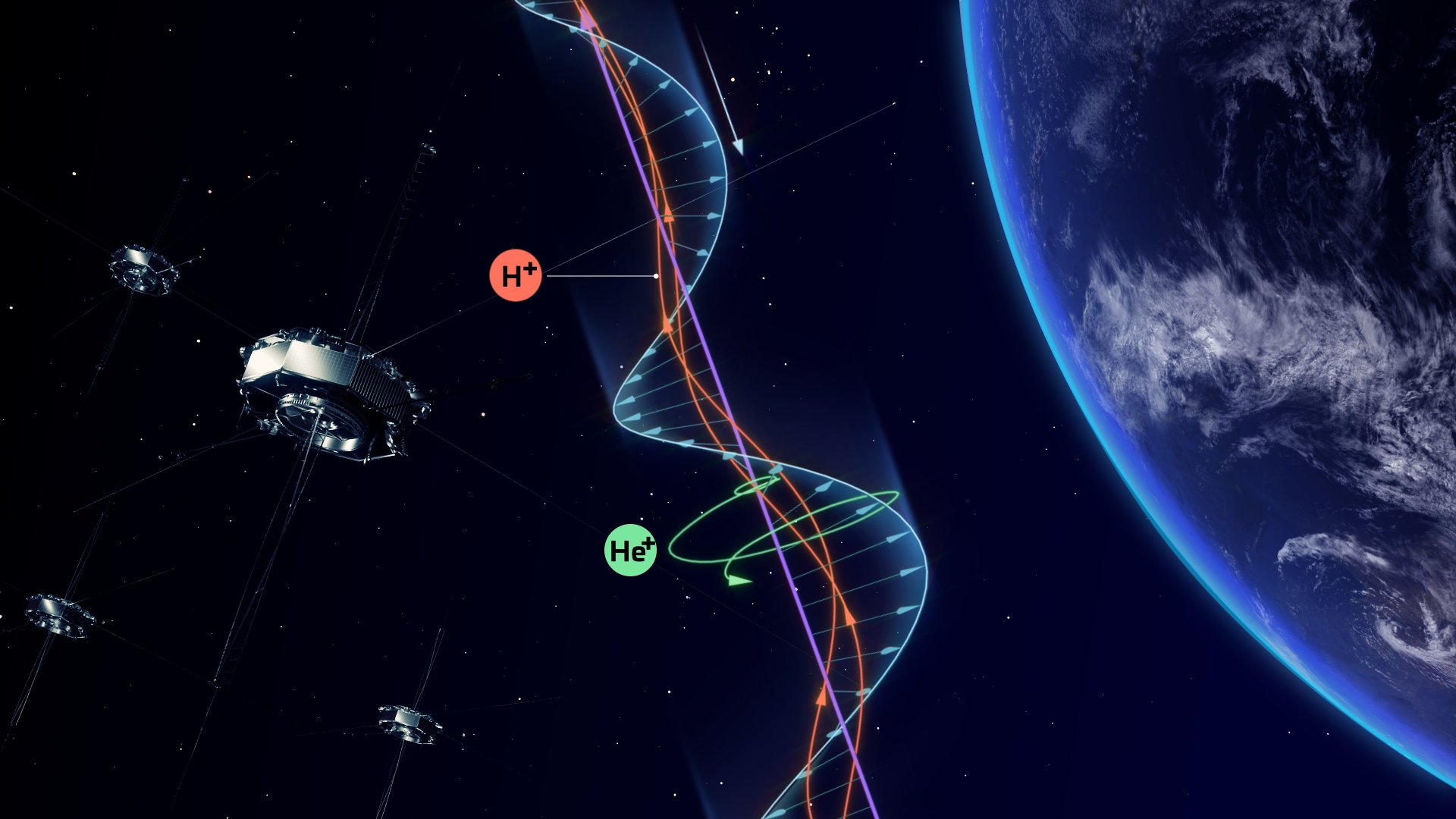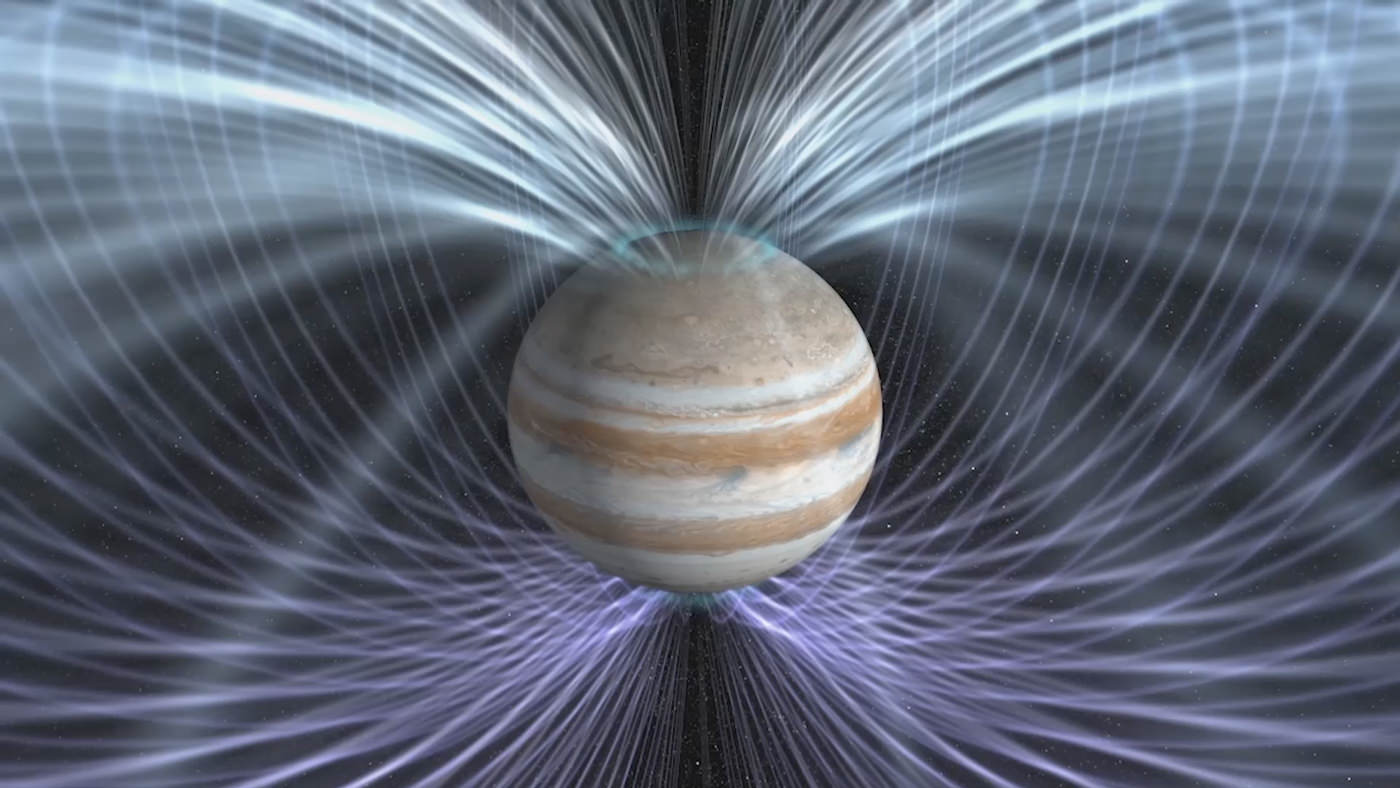1. Radiation Belts
Many satellites used for communication and navigation systems are located within the radiation belts. The electronics on board these satellites are susceptible to the damage which the ionising radiation can cause, especially the solar panels which provide energy for the satellite. If we can accurately forecast when levels of radiation will be high, we can protect these satellites by switching them off. Whilst it seems that we know a lot about how the radiation belts are formed, there are still large gaps in our understanding. For example, we still do not fully understand how much radiation will be created in a geomagnetic storm, or how the trapped radiation escapes from the radiation belt. This makes it extremely hard to forecast the radiation levels in the radiation belts. This area of research is dedicated to exploring the physics of these radiation belts to improve our methods of forecasting the radiation levels in space, also called space weather.

2. Modelling of wave-particle interaction in the Earth’s magnetosphere
The interaction between waves and charged particles is a fundamental process that governs the particle distribution in the Earth’s magnetosphere. The Earth’s intrinsic magnetic field provides a natural plasma environment for the particle acceleration to relativistic energies and precipitation to the atmosphere. Various theories and models are built by our group members to resolve and quantify the effects of whistler-mode chorus, plasmaspheric hiss, magnetosonic waves, electron cyclotron harmonic waves, and electromagnetic ion cyclotron waves in the radiation belts. We use the in-situ satellite measurements to validate the features from the modelling.

3. Observation of waves and particles in the Earth’s magnetosphere
Multiple spacecraft missions are launched into the Earth’s magnetosphere to study the important dynamics of plasma waves and charged particles. We analyze the plasma wave and particle data from THEMIS, Van Allen Probes, MMS, GOES and ARASE, and study the distributions of important plasma wave modes and the evolutions of electron fluxes. The electron precipitation features are analyzed using the measurements at Low Earth Orbit by ELFIN and POES satellites.

4. Jupiter’s Magnetosphere
We study the interaction between energetic particles and plasma waves in Jupiter’s magnetosphere. The whistler-mode waves drive the electron precipitation to Jupiter’s atmosphere and cause the diffuse aurora, and accelerate relativistic electrons in Jupiter’s radiation belts. We use the Juno satellite measurements to investigate the properties, distributions and variations of energetic electrons and waves, and model the wave-particle interaction processes in Jupiters inner and middle magnetosphere.

